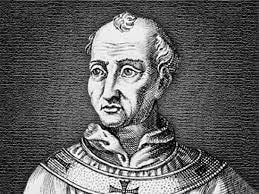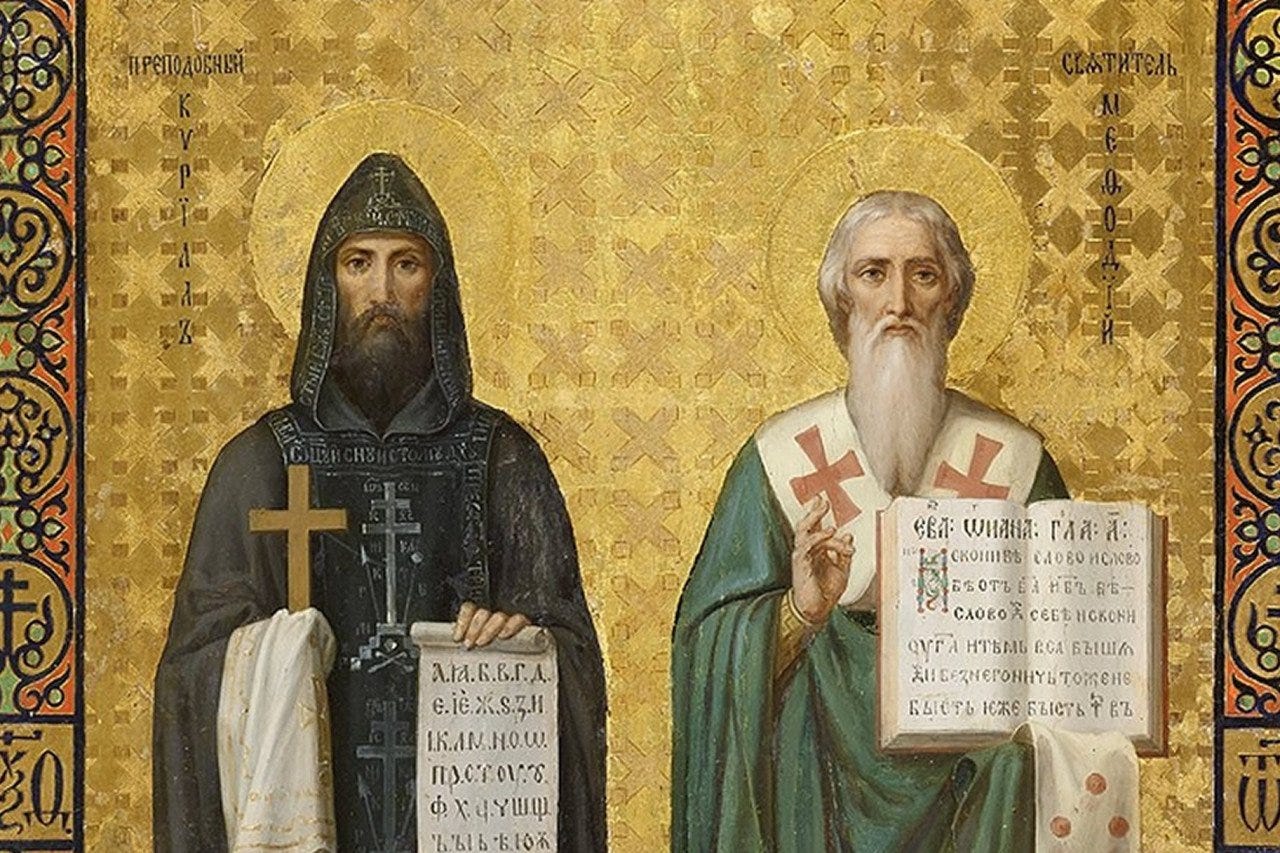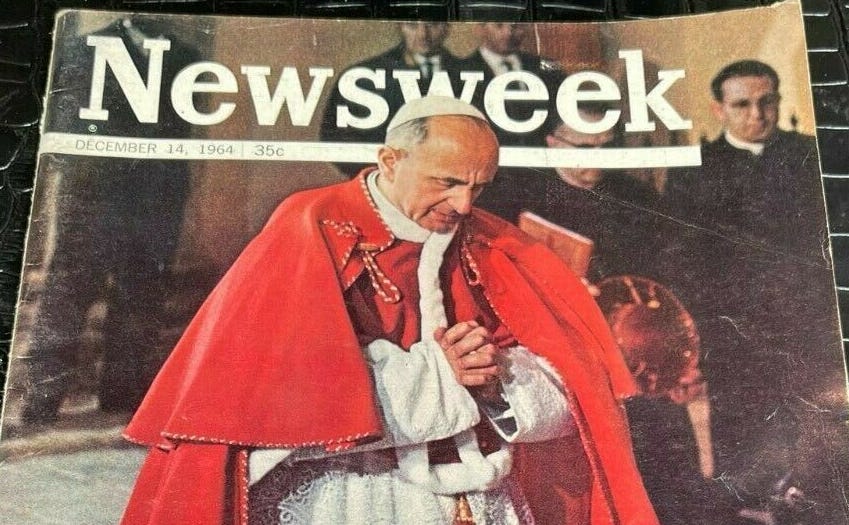867 A.D.
Today in Papal History, Pope Adrian II was elected the 106th Bishop of Rome at the age of 75.
872 A.D.
Also today in papal history, Pope Adrian II died.
Yes, you read that right.
Though he was likely the only pope (or darn close to it) to be elected and die on the same date, it wasn’t the only thing that made Pope Adrian II unique.
He was reportedly married prior to his ordination, but given that bishops have always been required to be single, it’s likely that he was either widowed or his wife took the habit once he was elevated to the clerical state.
Adrian was a Roman by birth and was of the same family lineage as Popes Stephen IV (#97) and Sergius II (#102). He was elevated to the cardinalate in 842 by Pope Gregory IV and subsequently became one of the more beloved and influential members of the Roman Curia.
So beloved was Adrian, in fact, that he was twice elected to succeed a deceased pontiff – in 855 and 858 – but both times declined. The cardinals were no quitters, however, and tried again in 867 following the death of Pope St. Nicholas the Great.
The elderly Adrian finally accepted at the age of 75 – somewhere around the 10th oldest pope at his election in Church history – but only, as Matthew Bunson writes in his book The Pope Encyclopedia, “in large measure because he desired to end the petty squabbing and bloodshed that had followed his predecessor’s death.”
A year into his papacy, it’s said that Adrian experienced the unimaginable pain of losing his daughter, who was raped and murdered by the brother of Anastasius, the man who was briefly antipope during the reign of Benedict III a decade earlier. The pope, suspecting that Anastasius was complicit in the attack, had him condemned and excommunicate, but within a year had reversed course, exonerated the man, and granted him his job back as papal archivist.
Two other notable items from Pope Adrian II:
He sponsored Ss. Cyril and Methodius in their mission to the Slavs, including sanctioning the use of the Slavonic language for Mass in those parts – thus endorsing the vernacular in liturgy before it was cool.
He waded into the “Communion for naughty politicians” fray by allowing King Lothair of Lorraine (part of Charlemagne’s former kingdom) to receive Holy Communion once more – but only after he’d taken a public oath that he hadn’t had intercourse with his concubine since the pope had banned him in the first place, and once he agreed to take back his real wife, Theutberga.
1964 A.D.
Finally, today in papal history, Pope St. Paul VI appeared on the cover of Newsweek magazine:






